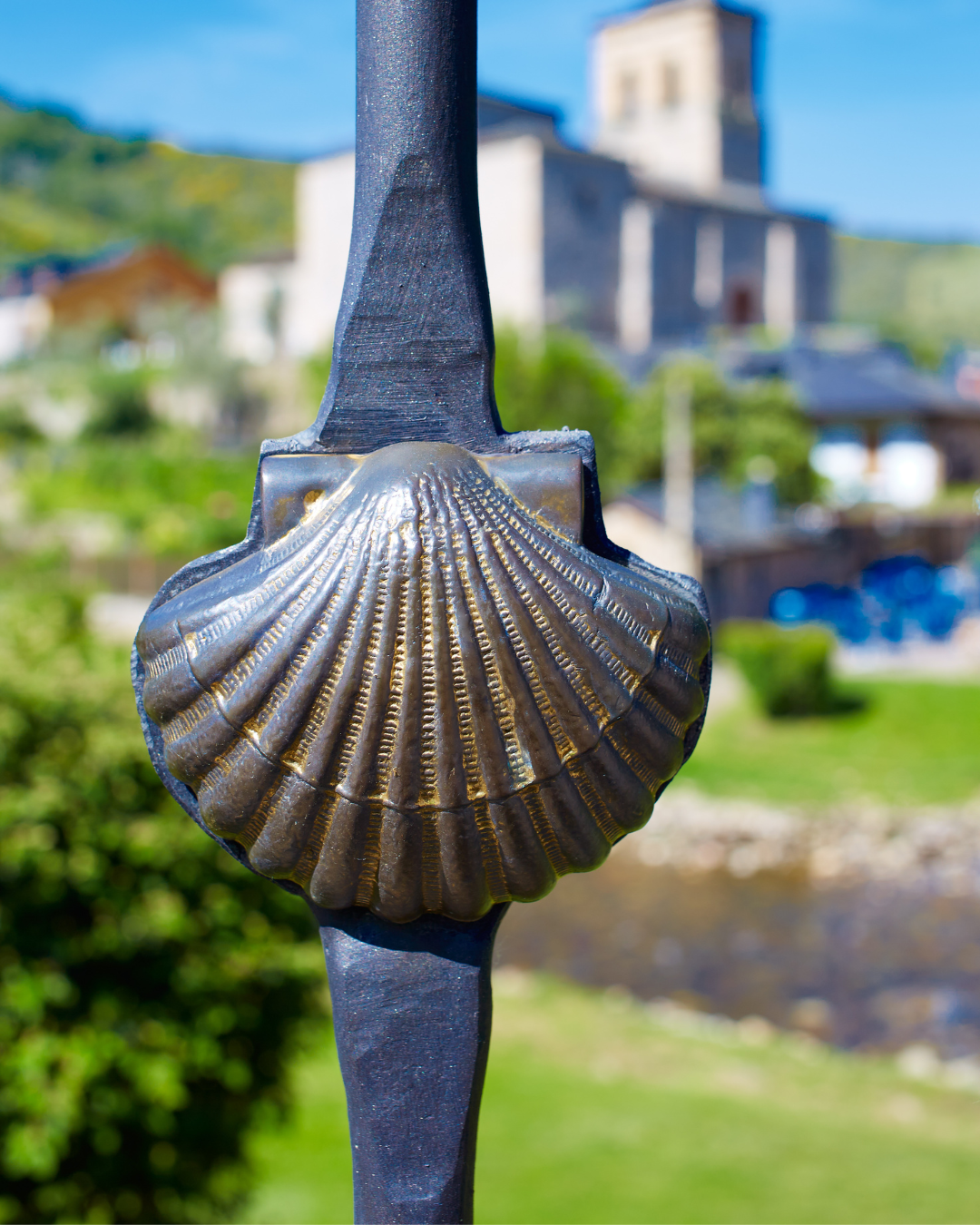
Camino de Santiago from Aragón: The Route You Didn’t Know About
Share
When people think of the Camino de Santiago, the famous French Way (Camino Francés) often comes to mind. However, one of the most historically significant and scenic routes is the Aragonese Way (Camino Aragonés), which offers a unique and less crowded path to Santiago de Compostela. This route follows the ancient Roman and medieval pilgrimage trails, crossing breathtaking landscapes, historical landmarks, and charming villages.
A Journey Through History
The Camino Aragonés enters Spain through the Somport Pass, a natural crossing in the Pyrenees that has served as a gateway for travelers for centuries. This pass was a crucial entry point for medieval pilgrims arriving from France and beyond. It was also the site of the Hospital de Santa Cristina, one of the three great pilgrim hospitals in medieval Europe, alongside those in Jerusalem and Mont Cenis.
From Somport, the route descends into the Aragon Valley, passing through picturesque towns such as Canfranc, Jaca, and San Juan de la Peña. Each of these locations holds historical treasures, including Romanesque churches, medieval bridges, and monasteries that once served as key pilgrimage centers.
Stages of the Aragonese Way
The Aragonese Way consists of about 160 km before merging with the French Way in Puente la Reina (Navarra). Some key stages include:
-
Somport to Jaca (32 km) – A scenic descent from the Pyrenees into the historic town of Jaca, home to the impressive Jaca Cathedral and its famous Diocesan Museum.
-
Jaca to Arrés (25 km) – A peaceful route through small villages with stunning views of the Aragón River.
-
Arrés to Ruesta (28 km) – A stage full of solitude and nature, passing the ruins of Ruesta, an abandoned medieval village.
-
Ruesta to Sangüesa (22 km) – Entering Navarra, this stage introduces pilgrims to a new cultural landscape with Gothic and Renaissance influences.
-
Sangüesa to Puente la Reina (28 km) – The final stretch before joining the French Way, passing through charming medieval towns.
Why Choose the Aragonese Way?
-
Less crowded: Compared to the French Way, the Aragonese route offers a more peaceful and immersive pilgrimage experience.
-
Rich history: From Romanesque architecture to medieval legends, this path is full of cultural and historical significance.
-
Diverse landscapes: Experience everything from Pyrenean mountains to rolling countryside and lush valleys.
-
Authentic connections: The smaller towns along the way provide a more personal and traditional experience with local hospitality.
If you are looking for a Camino route that combines adventure, history, and natural beauty, the Aragonese Way is an excellent choice. It offers a meaningful alternative to the busier paths and allows pilgrims to walk in the footsteps of centuries of travelers. Whether you are seeking spiritual growth, historical insights, or simply a breathtaking journey, this route from Aragón is one you won’t forget.
Are you ready to explore this hidden gem of the Camino de Santiago? Lace up your boots and start your adventure through Aragón!
